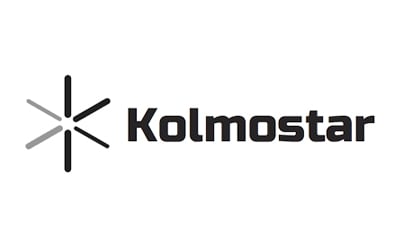
Summary
Kolmostar is a positioning technology company that is reinventing the industry’s GNSS (GPS, Beidou, etc) positioning approach to achieve ultra-low-power (sub-mW) and high-precision (centimeter-level) positioning in harsh metropolitan environments for Internet-of-Things devices and autonomous vehicles. Kolmostar’s solutions integrate advanced silicon technology, cutting-edge high-dimension statistical signal processing, as well as high-performance cloud computing to reduce GNSS sensors’ positioning errors and power consumption, making centimeter-accurate position services universally accessible for billions of humans and intelligent machines.
Problem
Current tracking technology is too energy intensive, not very accurate, and can degrade exponentially in urban environments. This presents a problem especially as it relates to low power tracking devices. One of the largest potential use-cases of LPWAN is asset tracking, whether that means shipping & logistics, tracking on a factory floor or making sure loved ones are safe. Currently device makers must compromise on either accuracy or energy use, and given the importance of accuracy most of the time this means that devices end up needing to be recharged every 4-8 active hours. For a person who goes home every night and must charge their phone or smart watch, this is only a nuisance, but for devices tracking shipments across the world or tracking construction equipment on a work site this is a prohibitive issue to digital transformation.
Solution
Kolmostar creates ultra-low-power and high precision GNSS technolologies for consumer and industrial applications. In essence their product enables high-precision location services via LoRaWAN without sacrificing battery life. They provide two product lines; the JEDI Series and Titan Series. The JEDI Series is the ultra-low-power module with what is expected to be meter level accuracy, 100x better than currently available solutions, while the Titan Series is their Centimeter-level accuracy chip intended for use with technologies like Autonomous Vehicles.
In order to do this the solution uses a statistical searching methodology that is 10-100x less compute intensive; today they are 4-5x more efficient than dedicated GPS ASICs, this has a huge potential to fully-realize optimization when implemented as an SoC (JEDI-400, expected to be 100x more efficient). They have also augmented their hardware solution with a cloud-based service that improves positioning accuracy and reduce power demands. This solution is optimized to limit data size and radio time to work over LPWAN limits, reducing time-to-fix to 2s (vs. 30s for traditional GPS).



